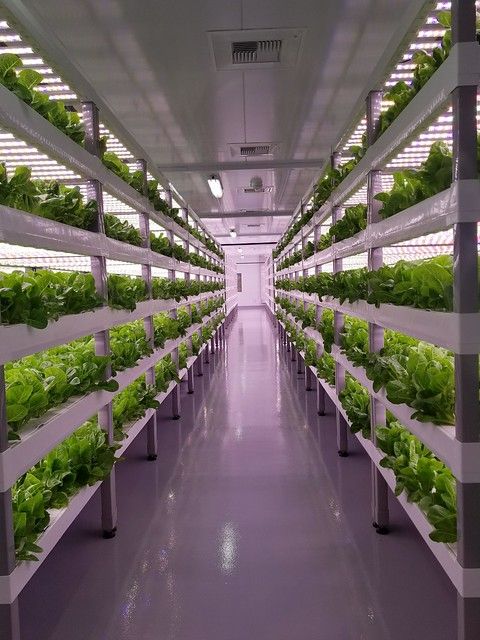Traditional farming methods, which had served us well for centuries, were now contributing to these problems soil degradation, water pollution and greenhouse gas emissions. How becoming the unintended consequences of our efforts to feed a growing population. So if that’s the case, then how do we navigate from our current position, one that is plagued by high pesticide application, excessive fresh water use, and seasonal growth periods to a future that is much more sustainable, efficient and productive. If you’ve been following agricultural trends for the last couple of years, one idea may immediately come to mind. Vertical farming.

What is vertical Farming?
Vertical farming is a modern agricultural method where crops are grown in multiple layers placed one above the other. These farms are usually set up in indoor spaces like specially designed buildings or greenhouses. This system makes efficient use of space, especially in crowded urban areas, and allows farmers to produce fresh crops throughout the year without depending on natural weather conditions.
How Vertical farming works?
Vertical farming involves growing crops in multiple layers arranged one above the other, often within indoor setups like greenhouses or specially designed closed environments.
In this method:
- Plants are cultivated in stacked shelves or towers, which helps make better use of available space, especially in urban areas.
- The entire environment is controlled, including temperature, humidity, light, and nutrient levels. This ensures that crops can grow year-round, unaffected by outdoor weather or seasons.
- Instead of soil, soilless farming techniques like hydroponics, aeroponics, or aquaponics are used. Many growers also cultivate microgreens through these methods due to their fast growth and high nutritional value. Learn more about microgreens here.
- In hydroponics, plants grow in nutrient-rich water.
- In aeroponics, plant roots are suspended in air and misted with nutrients.
- In aquaponics, fish and plants grow together, with fish waste providing nutrients for the crops.
- LED grow lights replace sunlight, providing specific light wavelengths that support photosynthesis and healthy plant growth.
- The system uses recycled and filtered water, reducing water usage by up to 90% compared to conventional farming.
- Since the environment is enclosed, the risk of pests and diseases is low, which eliminates the need for harmful pesticides.
why vertical farming?
- Uses up to 90% less water than traditional farming
- No dependency on weather or season
- Reduces land usage.
- Grow fresh, pesticide free produce year-round
- Can be set up in cities- reducing transport
Limitation of vertical farming
- High initial investment.
- Requires continuous power and technology.
- Required skill labour.
- Not all crops are suitable (mostly leafy greens, herb, strawberries, etc.)
key highlights
- 55% of operating costs go to energy (mainly for lighting, climate control, and water systems).
- 25% of costs are spent on labor, since these farms need skilled staff for monitoring and managing high-tech systems.
- The remaining 20% covers other expenses like nutrients, packaging, and maintenance.
example: vertical strawberry farm success
A good example is Oishii Farm in the USA, which grows premium, pesticide-free strawberries indoors using vertical farming.
- They recreate the natural environment of Japanese farms with precise control over temperature, light, and humidity.
- Though their strawberries are expensive, the farm has gained attention for unmatched flavor and consistency.
- Success was possible due to their focus on a high-value, specialty crop in a market willing to pay for quality.
Example of Vertical Farming Failure
A notable failure was FarmedHere, once the largest vertical farm in the USA.
- Despite early hype, it shut down in 2017.
- Reasons included high energy costs, limited profitability, and scalability issues.
- The company struggled to balance operating expenses with affordable produce pricing in a competitive market.
conclusion:
Vertical farming is an innovative, sustainable farming method that saves space, uses less water, and delivers fresh, pesticide-free produce throughout the year. Though challenges like high setup costs and energy needs exist, with the right technology and planning, it offers a promising solution for future food security and urban agriculture.